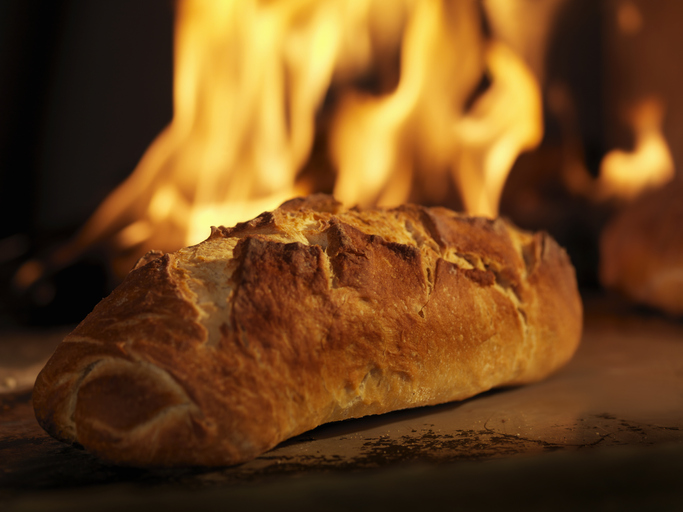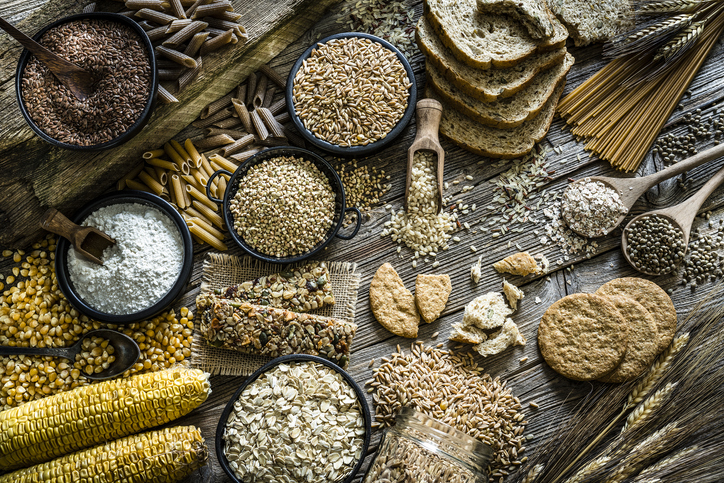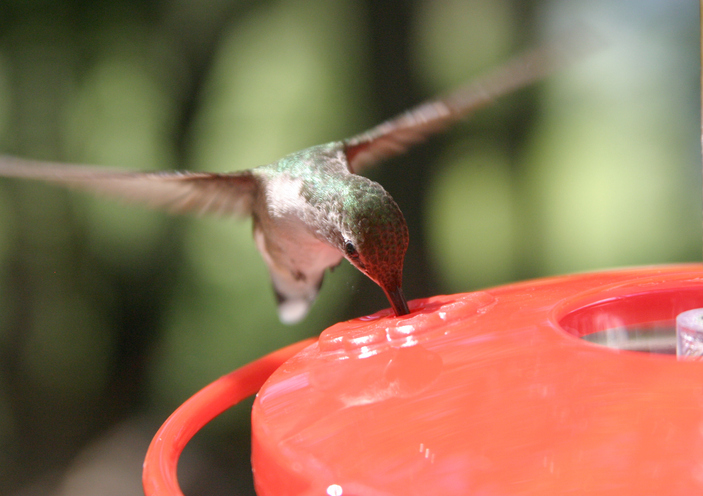Our ability to refine sugar on a mass scale is from an evolutionary perspective very recent. Sugar was first produced in India some 2,5000 years ago and was a rare spice originally only affordable by the aristocracy. The technology that enabled industrial production was not established until the 19th century. In 1700 the average person consumed just under 2 kgs per year, by 1800 this was 10.2 kgs, by 1900 40.8kgs and in 2009 81.6kgs (USA).
Fructose is the sweetest of the sugars and is the one we would have sought out in nature. It is a five sided sugar and has, in excess, an effect on the liver similar to that of alcohol (but without the fun). It is problematic in that most of the cells of the body cannot use it for energy. It combines with our tissues turning them to toffee. This process is called glycation. Only the liver can begin it’s metabolism. Glucose, by comparison, is taken up by most of the cells and can be used directly for the generation of energy. Too much fructose or other sugar can cause the liver to become fatty. Left unchecked this can develop into cirrhosis and eventual liver failure.
Humming birds take advantage of this fatty liver mechanism. They drink fruit nectar during the day and the liver becomes creamy white with fat. At night due to their extreme metabolic needs this is reversed. Sadly in a lot of modern humans we eat so much high fructose corn syrup (HFCS) that the liver has no rest. We never fast long enough to let the liver release the fat and are continually assaulting it with simple carbohydrates. Sugar is added to over 70% of the food in the supermarket.
This is a historically bizarre situation. If sugar was introduced as a new substance now it would not pass safety standards and would be banned alongside heroin, morphine and cocaine. When we ingest it our brains are activated by endogenous opiates and dopamine. This gives us a sensation of pleasure. In the past, prior to agriculture, this hit would have usefully spurred us to eat fruit. No foodstuff in nature is at once sweet and immediately poisonous. That sweet taste is a reassurance of safety. In nature however fruits are not present all year round. The original fruit cultivars are so far removed from the modern ones it is like comparing a wolf frankly with a chihuahua.
So why is this addictive poison still in the food supply? Could it be that there are vested interests? After all there is far more money to be made from the sick than from the healthy. HFCS is cheap, an excellent preservative and is super sweet. On the one hand we have a poisonous, addictive food supply that makes us sick. Then the pharmaceutical industry sells us expensive drugs so we can carry on eating this rubbish. Kerching!
Want to know more? Enjoy this classic lecture from Dr Lustig UCSF.




